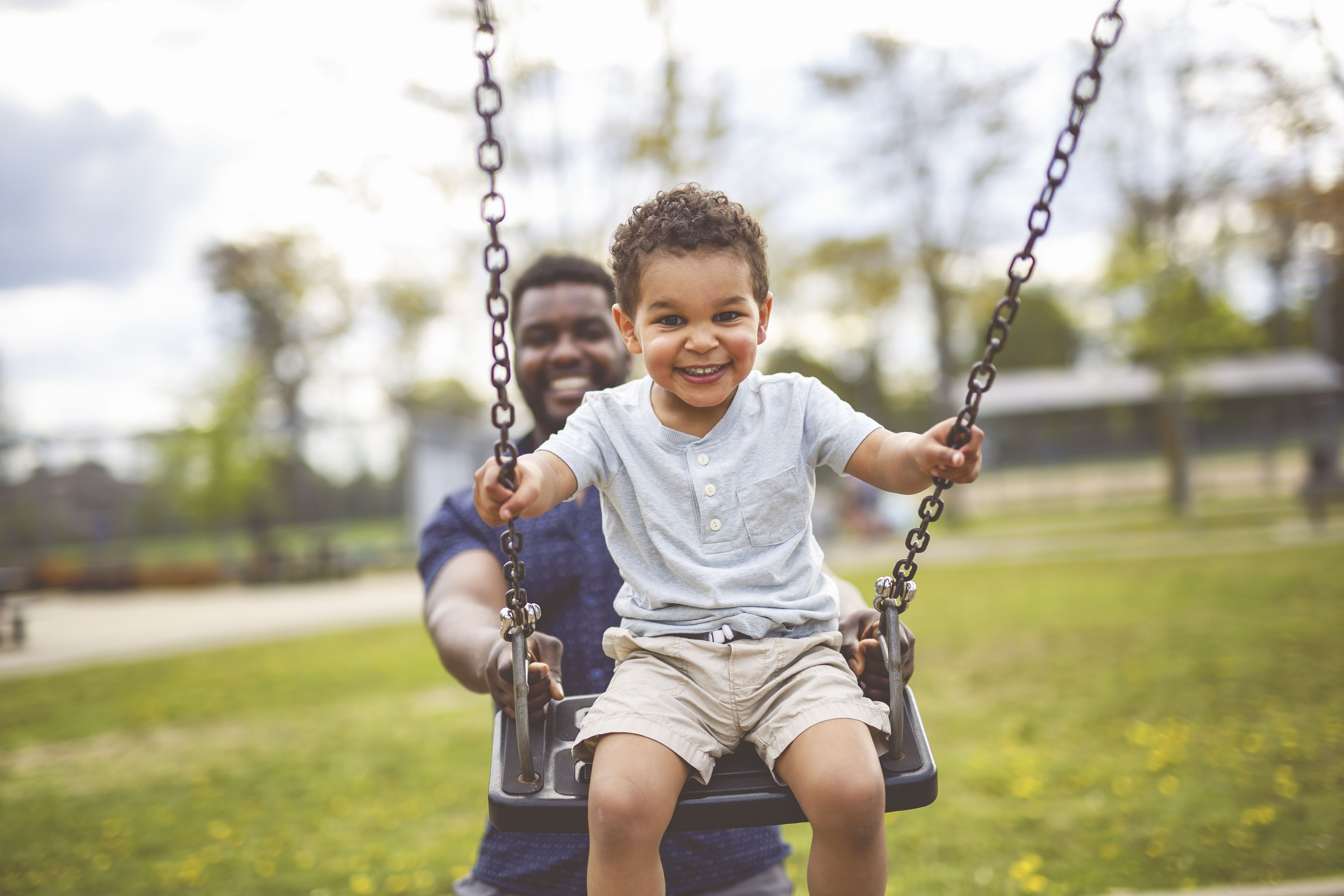
Patients
Helping Your Child Build Resilience After a Burn Injury
Burn injuries are challenging for children and families, but recovery is possible with the right support.
A burn affects more than the body; it can disrupt emotions and daily life. Resilience, or the ability to adapt and cope effectively, plays a vital role in the healing process. This guide helps parents recognize their child's emotional responses and offers strategies to support their child’s resilience during recovery.
Find a Burn Center Near You
Common Behavioral Changes
Burn injuries can cause stress and emotional upheaval.
Some common reactions include:
Building Resilience for Children
Parents and guardians are central to a child’s emotional recovery. Ways to foster resilience include:
Being present, listening, and validating feelings.
Modeling positive coping and hopefulness.
Maintaining predictable routines and encouraging a return to normal activities like school.
Letting children talk about their experience if they want—but not pushing them.
Watching for signs of anxiety and seeking help if behavior changes last more than a month or disrupt routines.
Encouraging play, independence, problem-solving, and praising efforts to cope.
Accepting your child’s new appearance and offering unconditional support.
Keeping consistent rules and expectations.
Helping older children find meaning and hope through posttraumatic growth.
Connecting with family, community supports, and burn survivor camps.
Working with schools on re-entry support.
Supporting Parents, Guardians, and Siblings
Burn injuries affect the whole family. It’s common for parents and siblings to experience secondary stress. Tips include: